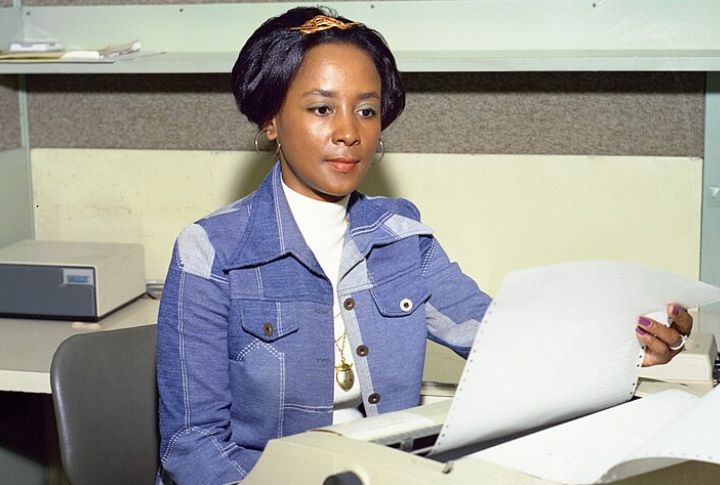
Before rockets launched into space, groundbreaking work was being done behind the scenes. Brilliant Black women at NASA solved equations, developed technology, and broke barriers, laying the foundation for modern space exploration. Their contributions changed the course of history. Let’s take a look at these trailblazers who made it all possible.
Mary W. Jackson
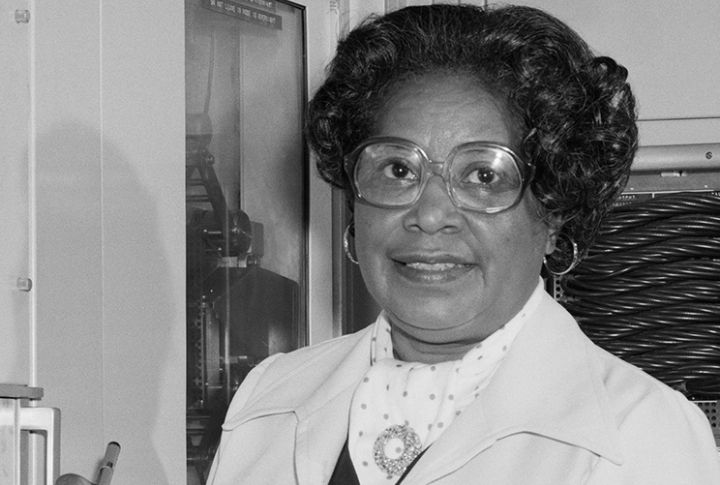
Inside wind tunnels, Mary W. Jackson studied how air moves, which helped change how people move through their careers. Her engineering sharpened aircraft design, and her advocacy uplifted women and minorities. One job wasn’t enough as she built systems of opportunity alongside the science of motion.
Dorothy Vaughan
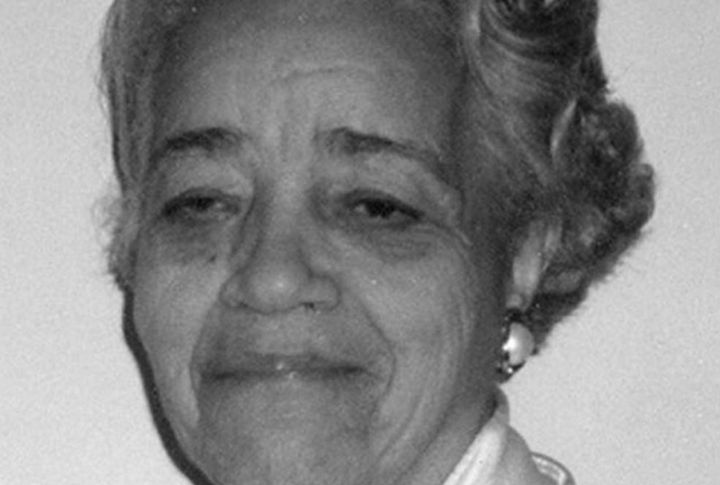
First came chalkboards, then came code. Dorothy Vaughan taught herself FORTRAN and trained her team to thrive in a digital shift few understood. She led a department and engineered a workforce transformation. Today, the programmers walk a trail she cleared with punch cards and grit.
Christine Darden
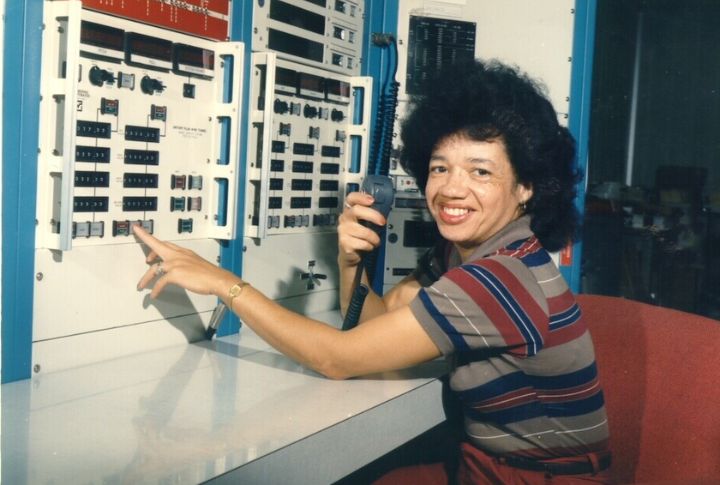
Supersonic flight became smoother because she listened. Christine Darden heard sonic booms and answered with quiet solutions. Her models reduced shockwaves from aircraft, paving the way for faster travel without disrupting communities below. She solved problems and altered how engineers approach noise itself.
Annie Easley
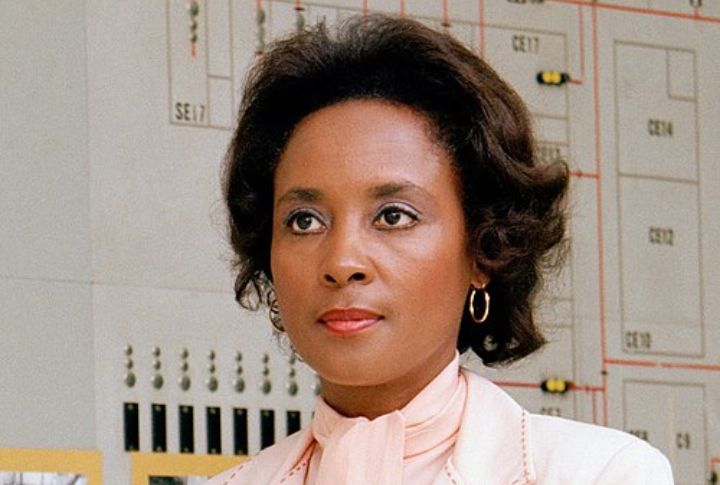
Before algorithms trended, Annie Easley engineered them. Her work on hybrid rocket propulsion systems pushed performance limits and widened NASA’s mission range. In every equation she solved, space got closer, and through her coding, she charged the launchpad with logic and intent.
Katherine Johnson
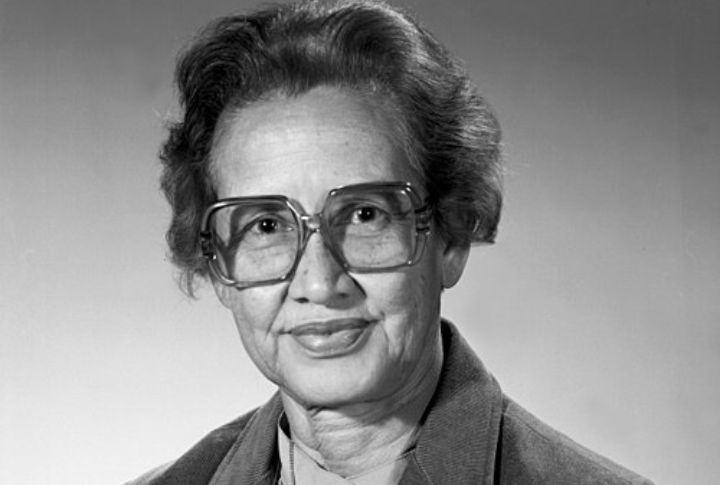
Katherine Johnson, a trailblazing NASA mathematician, played a key role in early U.S. space missions with her expertise in orbital mechanics. Her trusted calculations ensured mission success, including John Glenn’s 1962 flight, for which he requested her to verify the computer’s figures before launch.
Valerie Thomas
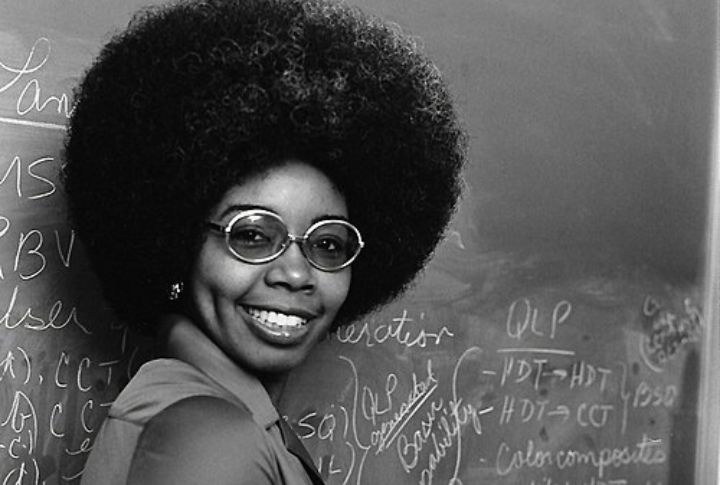
Valerie Thomas blended optics with imagination. At NASA, she reimagined satellite imagery and crafted the illusion transmitter that led a step further toward immersive visual technology. Her legacy stretches from scientific labs to 3D entertainment, proving that data and vision can dance together in astonishing ways.
Jeanette Scissum
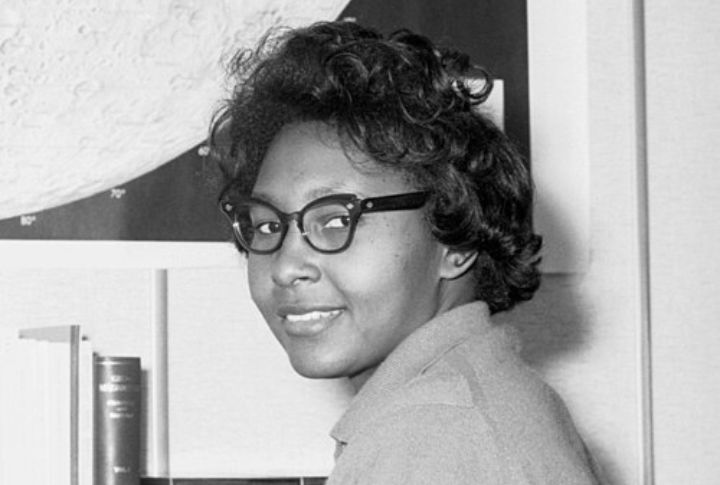
Sunspots and flares couldn’t surprise Jeanette Scissum. Jeanette mapped solar cycles and published methods that guided NASA through turbulent space weather. By making solar activity predictable, she shielded billion-dollar missions, and her charts became essential tools for reading about the sun’s unpredictable moods.
Yvonne Young Clark
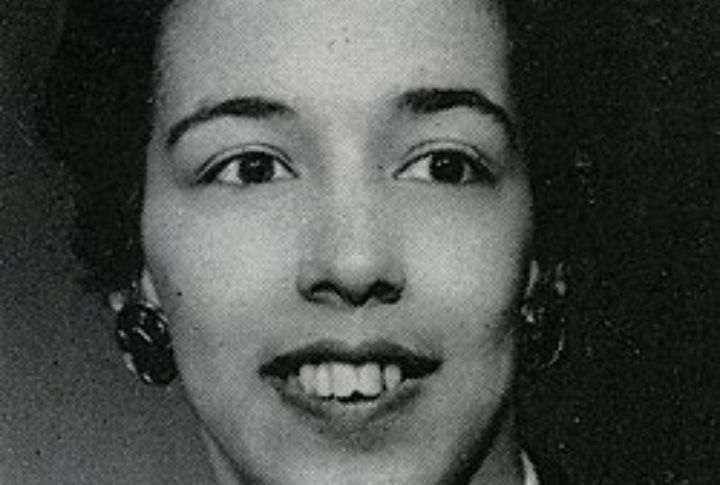
Heat transfer sounds dull—until you consider rocket engines. Yvonne Young Clark specialized in keeping systems stable under extreme temperatures, including Saturn V components. As one of the earliest Black women in mechanical engineering, she lit minds and machines with equal intensity.
Patricia S. Cowings
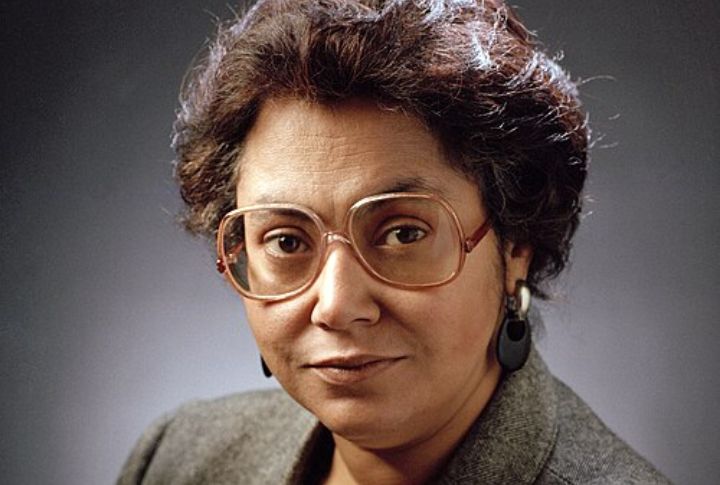
Patricia S. Cowings, a NASA psychophysiologist, significantly advanced astronaut health research by developing biofeedback training programs aimed at reducing motion sickness and enhancing performance in microgravity. Her pioneering work established foundational techniques in space medicine, contributing to safer and more effective space missions.
Melba Roy Mouton
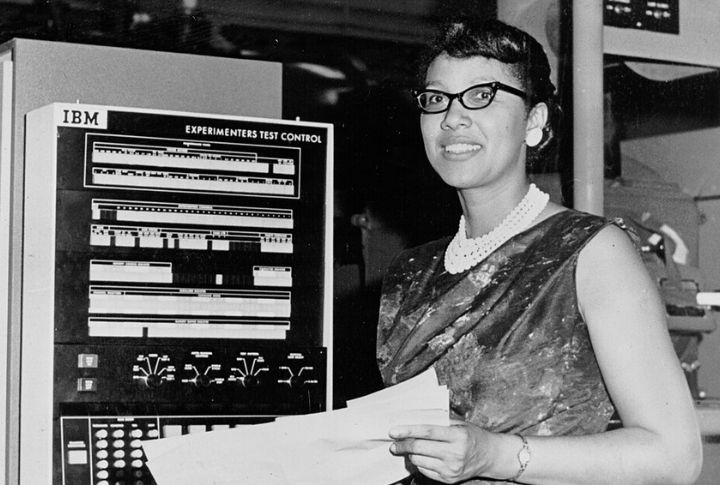
Melba Roy Mouton held key leadership roles at NASA in the 1960s, serving as Assistant Chief of Research Programs in the Trajectory and Geodynamics Division. Her team calculated spacecraft paths and tracked satellites during Project Echo. Her precision and guidance quietly shaped NASA’s early satellite missions and paved the way for space-age computing.

Comments
Loading…